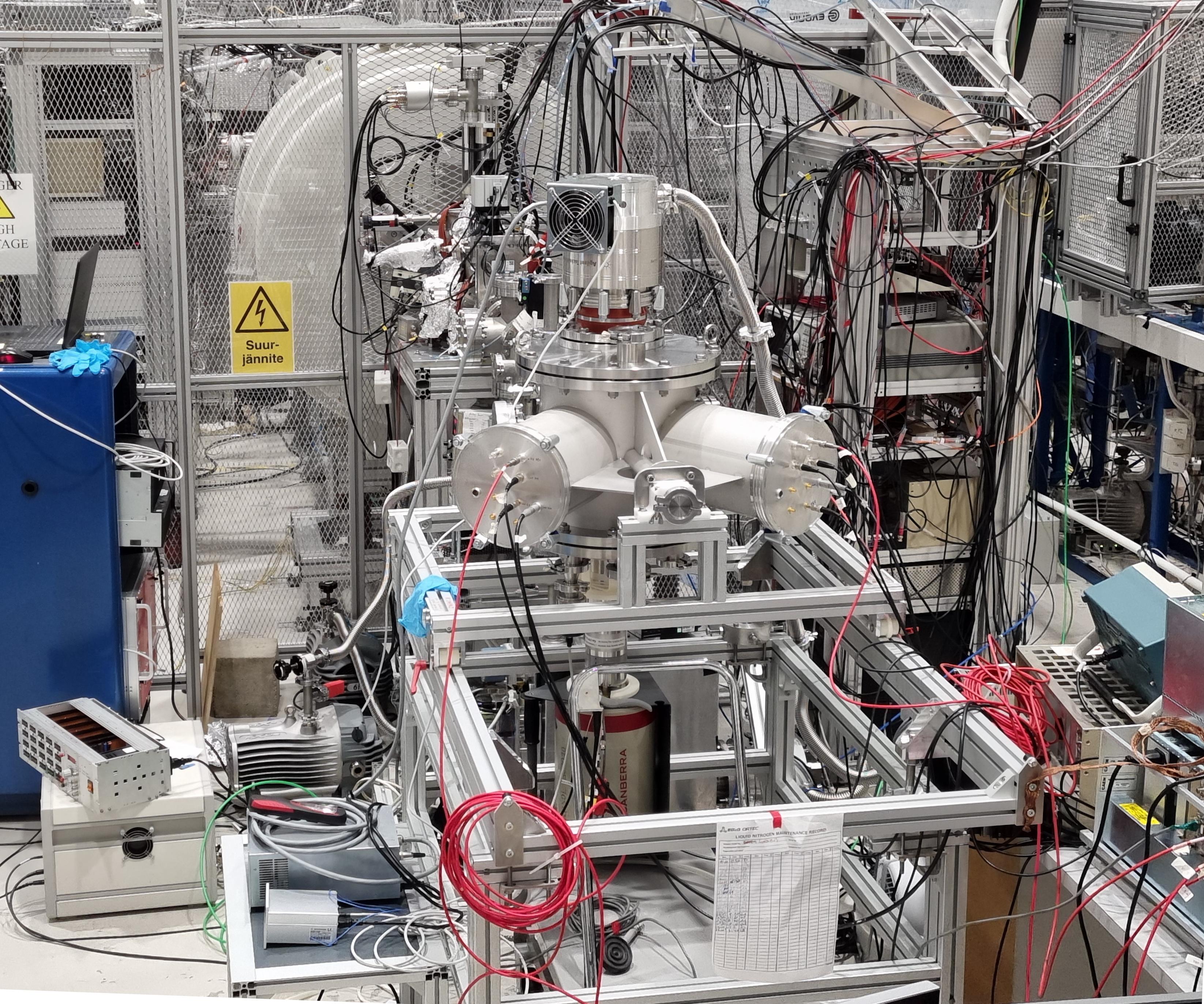The Gamma and Neutron Spectroscopy group of the Institute of Corpuscular Physics (IFIC, CSIC-UV), in collaboration with scientific teams from France, England and Finland, has developed a new detection system that aims to clarify some of the current discrepancies between theoretical models and the observations recorded in the detection processes of neutrinos emitted in nuclear reactors.
Nuclear reactors are the largest source of peaceful neutrinos known to us today. Each nuclear fission produced is followed by approximately six beta disintegrations, and in each of these an antineutrino is emitted. Thus, a conventional nuclear reactor produces on the order of 1020 neutrinos per second.
These figures give an idea of the relevance of nuclear reactors in the study of neutrino physics, the most abundant elementary particles in the universe, which are extremely difficult to detect because they have no electric charge and almost no mass. Thanks to the use of nuclear reactors, this elusive particle could be identified for the first time, and the research community can now study the properties of neutrinos through detectors located at different distances from a nuclear reactor.
“The last measurements of this type were made in the late 1980s and under much less controlled conditions than what we can do today”, Alejandro Algora, CSIC research scientist at the IFIC, principal investigator of the group and spokesperson of the experiment
However, there are still unresolved questions regarding the study of neutrinos produced inside reactors. One of them is that the number of neutrinos recorded with a detector located close to the reactor may differ more or less from the number predicted by theoretical calculations, and this difference is distinct depending on the physical model used. This issue has been referred to in the literature as 'the reactor anomaly'. Another as yet unanswered problem is that the 'shape' of the neutrino spectrum produced by a nuclear reactor does not coincide in a particular region with the spectrum predicted by theoretical models.
The key to understanding these problems may lie in the measurement of the beta spectra of fission products. That is why the Gamma and Neutron Spectroscopy group at the Institute of Corpuscular Physics (IFIC), located at the Scientific Park of the University of Valencia (PCUV) is leading these measurements worldwide, in collaboration with groups from France, England and Finland. The team has developed a new detector system that has recently been used in an experiment at the University of Jyväskylä (Finland) to study the most relevant beta decays from the perspective of these unsolved problems.
"The last measurements of this type were made in the late 1980s and under much less controlled conditions than what we can do today", says Alejandro Algora, CSIC research scientist at the IFIC, principal investigator of the group and spokesperson of the experiment. "The advantage is that, in facilities like the one in Finland, it is possible to produce high-purity beams of the isotopes of interest, which allows us to have greater control over possible contamination of these measurements, something that could not be done before. Also, our measurements benefit from the development that has occurred in recent decades in instrumentation and analysis techniques, which are now far superior to those used in the past."
Measuring the shape of the beta decay spectrum, although it may seem like a study of yesteryear, may be the key to understanding what is happening in the core of a nuclear reactor and correctly interpreting the spectrum of antineutrinos emitted. Understanding this spectrum may also be relevant for monitoring nuclear reactors and for non-proliferation applications.
Notes
The photo of the detector developed by the collaboration forms the cover of the Annual Report 2023 of the Physics Department of the University of Jyväskylä, in recognition of the relevance of this study.
This research is supported by funds from the Complementary Plan for Astrophysics and High Energy Physics (ASFAE) and by a PROMETEO project of the Valencian Region.


